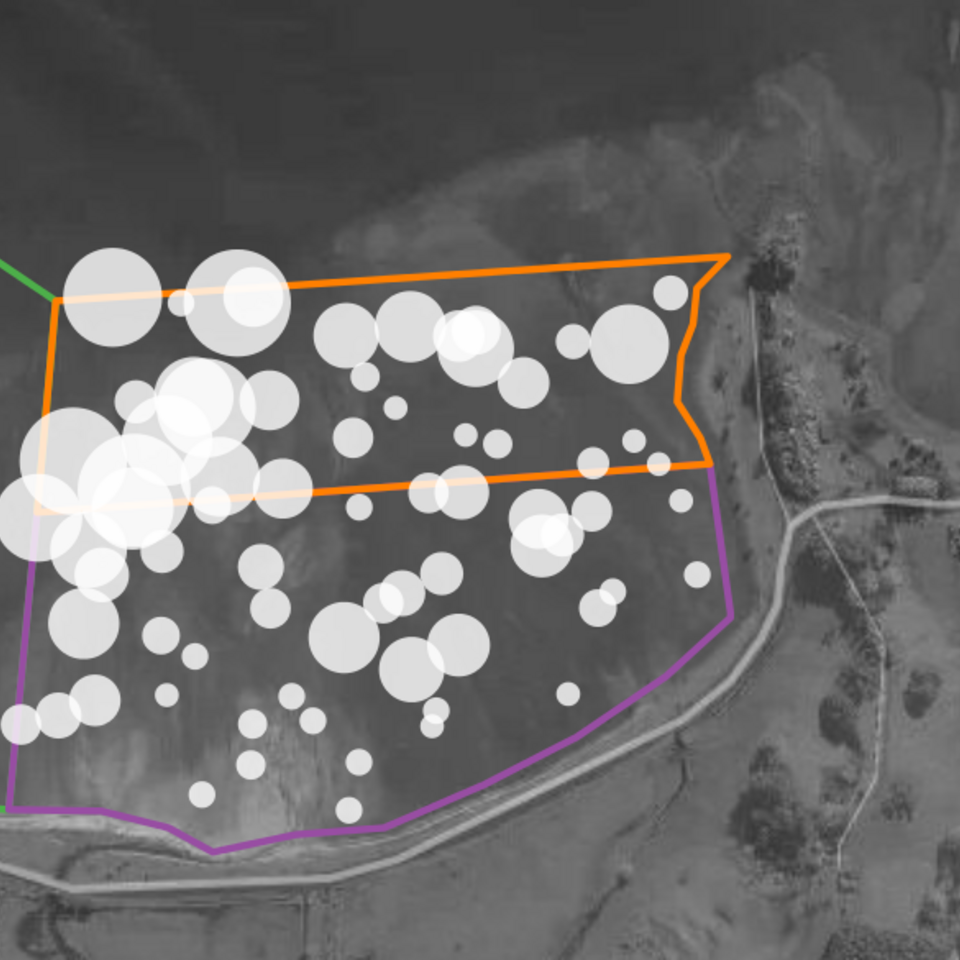Annual cockle and pipi surveys of 12 beaches in northern New Zealand show that beach closures are effective at halting declines in cockle numbers.
The surveys have been led by Katrin Berkenbusch for the last two summers under contract from Ministry for Primary Industries (MPI). The work is a continuation of regular surveys that started in the early 1990s.
“MPI recognises the value in finding out how pipi and cockle populations targeted by customary and recreation fishers are doing. It’s difficult because unlike commercial fisheries, we don’t know how many bivalves of what size are taken.”
Katrin says having confidence that the management measures – seasonal, temporary or permanent beach closures and bag limits – are working despite limited data, is excellent.
“To work out what’s happening with the population you have to take account of both the number and the size of the bivalves. Even if we find a lot of small cockles one year, that doesn’t mean they will be there next year, or the year after.”
Katrin is now preparing for the sampling programme in February 2016.
“I do a reconnaissance trip first, which takes 7–10 days, to see where the bivalve beds are. Then we make two trips of about a fortnight each with a field team of 6–8 people.”
Involving and providing results to local iwi, harbour care and conservation groups is an important part of the survey work.
“Some locals got really keen and came and helped us dig and sieve on the beach last year – in other places they simply wanted to know what we’d found. Generally though, people are very interested in what we’re doing and are glad to know that MPI is monitoring the health and sustainability of their beach.”
A technical report on cockle and pipi on Northern New Zealand beaches in 2013–14 is available here.


